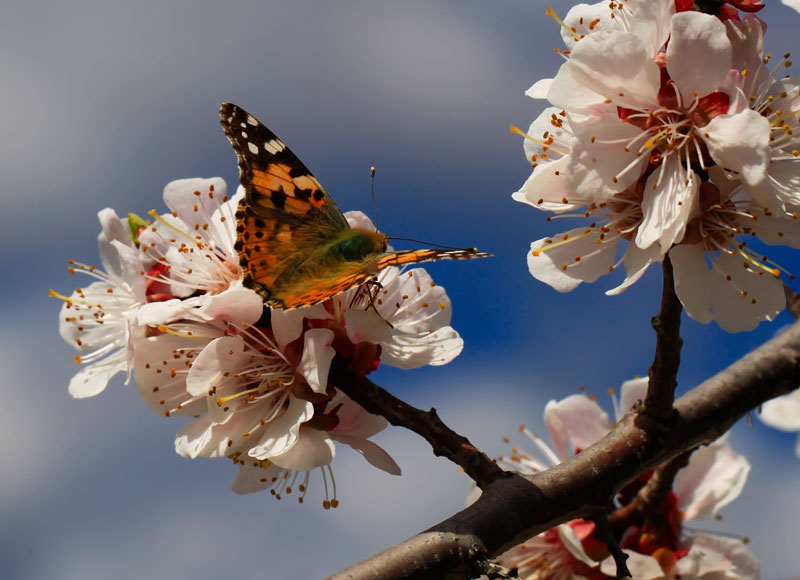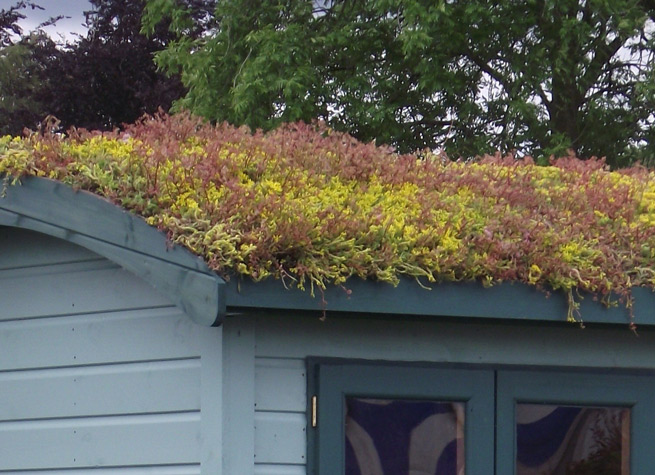Landscaping often involves a mixture of different garden surfaces. Arbour Landscape Solutions Lt...
Filter by:
Every outdoor space has three dimensions. Arbour Landscape Solutions offers an extensive range of ...
Filter by:
This is the section of our website where you’ll find everything you need to build beautiful ...
Filter by:
Introducing our comprehensive range of soft landscaping surfaces for industry professionals. Every...
Filter by:
At Arbour Landscape Solutions we know how important drainage is to the success of any landscaping ...
Filter by:
This is where you’ll find everything you need to build the garden structures specified on yo...
Filter by:
Holding it all together is our range of top quality screws and fixings. Take a good look at the pr...
Filter by:
We've compiled a comprehensive catalogue of landscaping Tools and Equipment for you to buy or ...
Filter by:
At Arbour Landscape Solutions we know how important drainage is to the success of any landscaping ...
Filter by:
This is where you’ll find everything you need to build the garden structures specified on yo...
Filter by:
Holding it all together is our range of top quality screws and fixings. Take a good look at the pr...
Filter by:
We've compiled a comprehensive catalogue of landscaping Tools and Equipment for you to buy or ...
Filter by:
Pots can enhance a garden or commercial landscape hugely, improving a sense of arrival for any sch...
Filter by:
Arbour Landscape Solutions are proud to present this range of stunningly beautiful planters in all...
Filter by:
High-quality light fittings designed and manufactured in the UK. Stylish, durable and with a 10 ye...
Filter by:
Pots can enhance a garden or commercial landscape hugely, improving a sense of arrival for any sch...
Filter by:
Arbour Landscape Solutions are proud to present this range of stunningly beautiful planters in all...
Filter by:
High-quality light fittings designed and manufactured in the UK. Stylish, durable and with a 10 ye...
Filter by:
 TRADE & SELF BUILDERS MULTI-USER ACCOUNTS MULTI USERS
TRADE & SELF BUILDERS MULTI-USER ACCOUNTS MULTI USERS FREE DELIVERY ON ALL YARD STOCK FREE DELIVERY DELIVERIES
FREE DELIVERY ON ALL YARD STOCK FREE DELIVERY DELIVERIES INSTANT ONLINE QUOTES FREE QUOTE BUILDER UPLOAD MY LISTS
INSTANT ONLINE QUOTES FREE QUOTE BUILDER UPLOAD MY LISTSBiodiversity Net Gain feels like one of those buzzwords that pops up from time to time in articles but doesn’t really impact on the work of landscapers or garden designers. But should it? Should every landscaping project be designed with biodiversity in mind?
Landscape architects working on commercial landscaping projects will no doubt be very much aware of the planning implications of biodiversity net gain. It’s a huge subject which impacts on usability, wellbeing, budgets, maintenance budgets and so much more. But how can landscapers and garden designers get involved?
In a nutshell, biodiversity net gain is all about leaving a plot of land in ecologically better shape than it was when you found it. It involves making it possible for as wide a variety of species as possible to thrive in any given environment. Whether that is a commercial development, a housing estate or a garden. Ideally, at the end of your project, there will be more plant, insect, bird and mammal species on site than when you started.
Planners take a great deal of interest in biodiversity net gain, so for a landscape architect or a commercial landscaper it’s incredibly relevant. So much so, that in August 2021, an new British Standard for Biodiversity Net Gain was introduced. BS 8683 is aimed at the construction industry but makes interesting reading for landscapers and garden designers who want their work to make a difference to future generations.
For a garden designer or landscaper working in private gardens there is currently no legislation to say that you must consider the ecological impact of your work. And indeed, domestic clients may well baulk against it. But, with all that is going on with our planet right now, maybe we all have a moral obligation to help Mother Nature?

When specifying trees for privacy or structure - why not think about their biodiversity value too? Blossoms and berries are great for creating visual interest and will benefit a wide variety of species too.
We all know how important plants are to the wider environment and how many benefits they offer each and every one of us. From cleaning the air to promoting wellbeing and supplying food. And I think it’s fair to say that most clients will agree that they enjoy being immersed in nature. Some of them however, may lean towards they NIMBY attitude (not in my back yard).
Possibly the biggest barrier to achieving biodiversity net gain on a landscaping project, is the client’s desire for an easy care garden. “Low maintenance” is often at the top of the list of demands. Usually meaning “I don’t know how to do gardening” or “I hate mowing the lawn and weeding”
But as any good garden designer can confirm, a low maintenance garden can definitely include plants. And indeed it should. Unfortunately, many people associate plants with hard work and educating them otherwise will be an uphill struggle. However, educate we must. And who better to teach our clients, than enthusiastic but empathetic garden designers?
One method could be to ask clients to visit a range of established gardens and record how the space makes them feel. Do they want to linger for longer in a space with predominantly hard landscaping? Or do they feel more relaxed where there are trees, planters, living walls and/or natural water features? Ask them to bring intangible feelings into their garden design brief alongside practical considerations such as lighting, shelter and all weather surfaces.
Let the gardening-phobes know that many of living elements that make them feel good, don’t actually need much day to day care at all. Even lawn mowing - which was once a time consuming occupation - can easily be automated these days.
Green Roofs
Living Walls
Perennial Planting Schemes
Wildflower Areas
Ponds and Wetland areas (including rain gardens and SUD’s)
Species Rich Lawns
Planters
Hedges
Trees
Amenity Grassland (eg regularly mown lawns)
Which of those features will work with your garden layout and your client's build budget? Are there opportunities to think about the potential for boosting biodiversity in a scheme before you think about the layout and the structures? So rather think 'shed' - think living roof with storage space beneath.

A simple sedum green roof needs very little maintenance and acts as a food source for pollinating insects. For even more biodiversity net gain, opt for a green roof with at least 100mm depth of substrate so that it can support a wider range of plants and insects.
Short of stopping and counting every bumble bee, moth, frog, flower or bird on the plot, it’s not easy to quantify how well a garden is performing in terms of biodiversity. However, there is a handy online tool that you could use to demonstrate to your clients that their garden design really could benefit the planet. When people have a ‘high number’ or a ‘ good score’ on any scale, they feel good about themselves and are more likely to engage with the idea of biodiversity net gain.
The Urban Greening Factor Calculator is an online tool that actually quantifies how strong a project is in terms of biodiversity net gain. True, it was created for use by landscape architects, property developers and planners in and around London to encourage the use of urban greening as a fundamental element of design. However - it can be applied to any landscaping project anywhere in the world. And is especially useful in helping a client decide between design “A” and design “B”.
The UGF calculator lists various kinds of surface and gives each one a factor according to its ecological value. The highest score is 1 - for semi natural vegetation such as wildflower areas. The lowest factor is zero. Not surprisingly, this is for sealed surfaces such as impermeable paving. In between are things like trees, flower rich perennial planting, hedges, living walls and amenity grassland.
All the user needs to do, is enter the meterage of each type of surface into the downloadable spreadsheet. The tool then gives you an overall score for your design. The higher the score, the more biodiversity your finished project will support. The nearer the score is to zero, the fewer environmental benefits the design carries.
Learn more about the Urban Greening Factor and download the calculator here.
Without making huge changes to a garden design, you can massively improve its value to the environment.
![]() Swap grass lawns for low growing species rich lawns.
Swap grass lawns for low growing species rich lawns.
![]() Use hedges as boundary markers or for screening within a garden.
Use hedges as boundary markers or for screening within a garden.
![]() Pop living roofs on top of garden buildings.
Pop living roofs on top of garden buildings.
![]() Include natural ponds and/or drainage ditches.
Include natural ponds and/or drainage ditches.
![]() Provide nesting boxes for a variety of insects and birds - find a way to make them into unique design features if you can. Take a look at some of John Little’s work if you need inspiration.
Provide nesting boxes for a variety of insects and birds - find a way to make them into unique design features if you can. Take a look at some of John Little’s work if you need inspiration.
![]() Create hedgehog holes in fences.
Create hedgehog holes in fences.
![]() Introduce climbing plants to structures, fences and buildings - these are the lowest maintenance types of living wall.
Introduce climbing plants to structures, fences and buildings - these are the lowest maintenance types of living wall.
![]() Break up large areas of hard landscaping with planting pockets - these will add visual interest and would be wonderful if they are home to aromatic or edible plants.
Break up large areas of hard landscaping with planting pockets - these will add visual interest and would be wonderful if they are home to aromatic or edible plants.
![]() Strategically placed planters can double up as garden furniture, screening or focal points.
Strategically placed planters can double up as garden furniture, screening or focal points.
![]() Show clients all of the features you have included and explain their benefits - even if they are more interested in the budget benefits than the environment.
Show clients all of the features you have included and explain their benefits - even if they are more interested in the budget benefits than the environment.
John Little’s Grass Roof Company turns garden art and everyday structures into wildlife habitat.
Download BS 8683 for biodiversity net gain.
How to Establish Wild Flowers in Your Landscaping Projects.
Case Study for an award winning garden in Essex with a good balance of hard and soft landscaping.
Would you like to remove the items in your basket and replace them with this order or keep all items in the basket?
